✅what is whatsapp oTP?
WhatsApp OTP (One-Time Password) is a secure and temporary code sent to a user’s mobile phone via WhatsApp to authenticate their identity or complete a transaction. Here are some key points about WhatsApp OTP:
- Authentication: Used to verify a user’s identity when logging into an account or completing a sensitive transaction.
- Security: Enhances security by ensuring that only the person with access to the registered mobile number can complete the process.
- Temporary Code: The OTP is typically valid for a short period and can be used only once, reducing the risk of misuse.
- Convenience: Delivered directly to WhatsApp, making it easily accessible to users who already use the app regularly.
- Use Cases: Commonly used in account sign-ins, password resets, transaction confirmations, and two-factor authentication (2FA).
WhatsApp OTPs provide a secure and user-friendly way to enhance authentication processes and ensure the safety of online activities.

✅How to send otp on whatsapp number?
You Can’t Send OTPs Directly from Your Personal WhatsApp. Unfortunately, you cannot send OTPs (One-Time Passwords) directly from your personal WhatsApp account.
This feature is restricted to businesses and organizations that have obtained the necessary WhatsApp Business API access.
They use specialized platforms and tools to send OTPs to their customers through WhatsApp.
If you need to send OTPs, you’ll need to:
- Obtain a WhatsApp Business Account: This involves setting up a business profile on WhatsApp.
- Apply for the WhatsApp Business API: This allows you to integrate WhatsApp into your business systems.
- Use a Business Solution Provider (BSP) or a Meta Tech Partner like Hello24ai: These are authorised third-party platforms that help you manage the WhatsApp Business API and send OTPs.
Would you like to know more about using a WhatsApp Business API to send an OTP?
✅What are the benefits of sending OTP on WhatsApp?
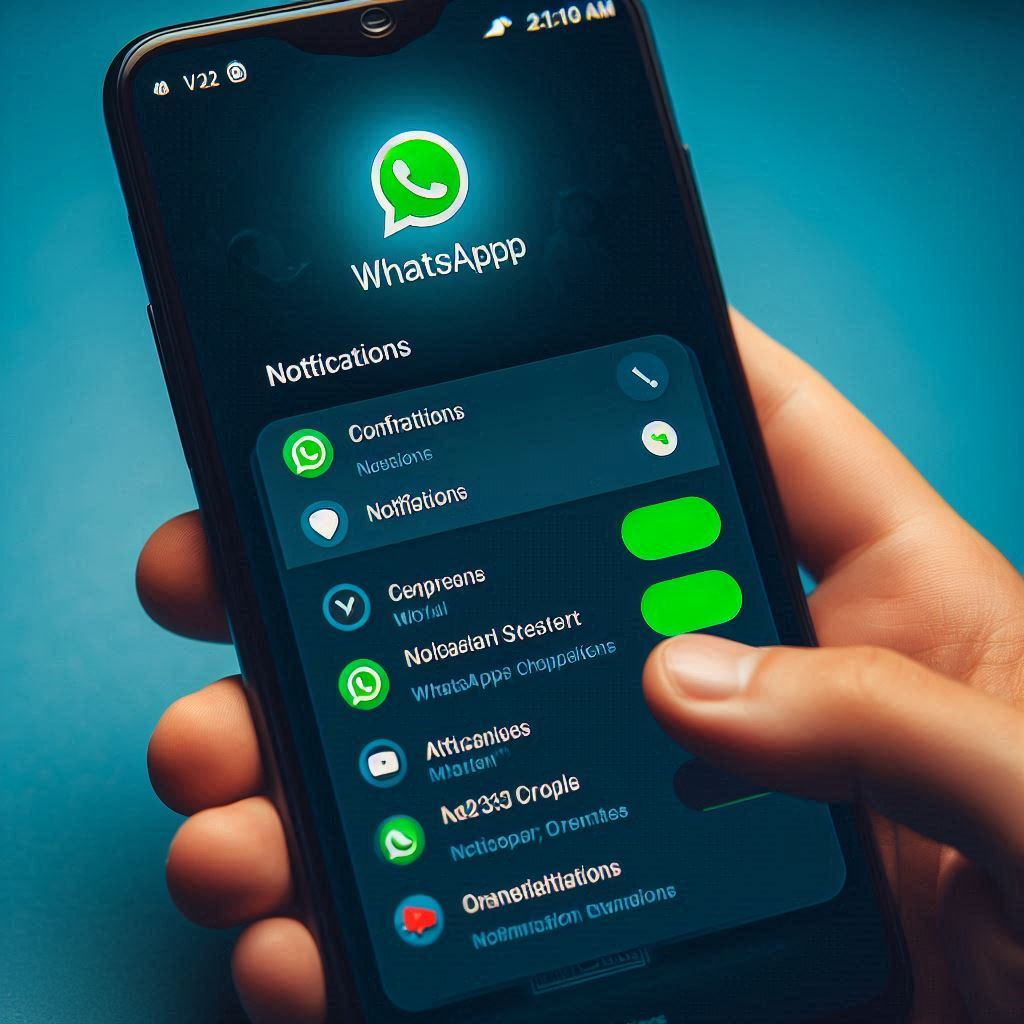
1. High Engagement Rate💡
- Read Receipts: WhatsApp messages typically have high open and read rates, ensuring that OTPs are promptly seen by users.
- Instant Notifications: Users receive instant notifications on their smartphones, improving the chances of timely OTP usage.
2. Security💡
- End-to-End Encryption: WhatsApp messages are end-to-end encrypted, enhancing the security of OTP delivery.
- Reduced Risk of Phishing: Since OTPs are delivered through a secure and familiar channel, the risk of phishing attacks is minimized.
3. User Convenience💡
- Familiar Platform: Many users are already familiar with WhatsApp, reducing friction in the authentication process.
- Cross-Platform Availability: WhatsApp is available on various devices (smartphones, tablets, web), providing flexibility for users.
4. Cost-Effectiveness💡
- Lower Costs: Compared to traditional SMS, sending messages via WhatsApp can be more cost-effective, especially for businesses with a high volume of OTPs.
5. Enhanced User Experience💡
- Rich Media Support: WhatsApp supports rich media, allowing businesses to send OTPs along with instructional images or videos if necessary.
- Two-Way Communication: Users can respond to OTP messages if needed, facilitating a two-way communication channel for customer support.
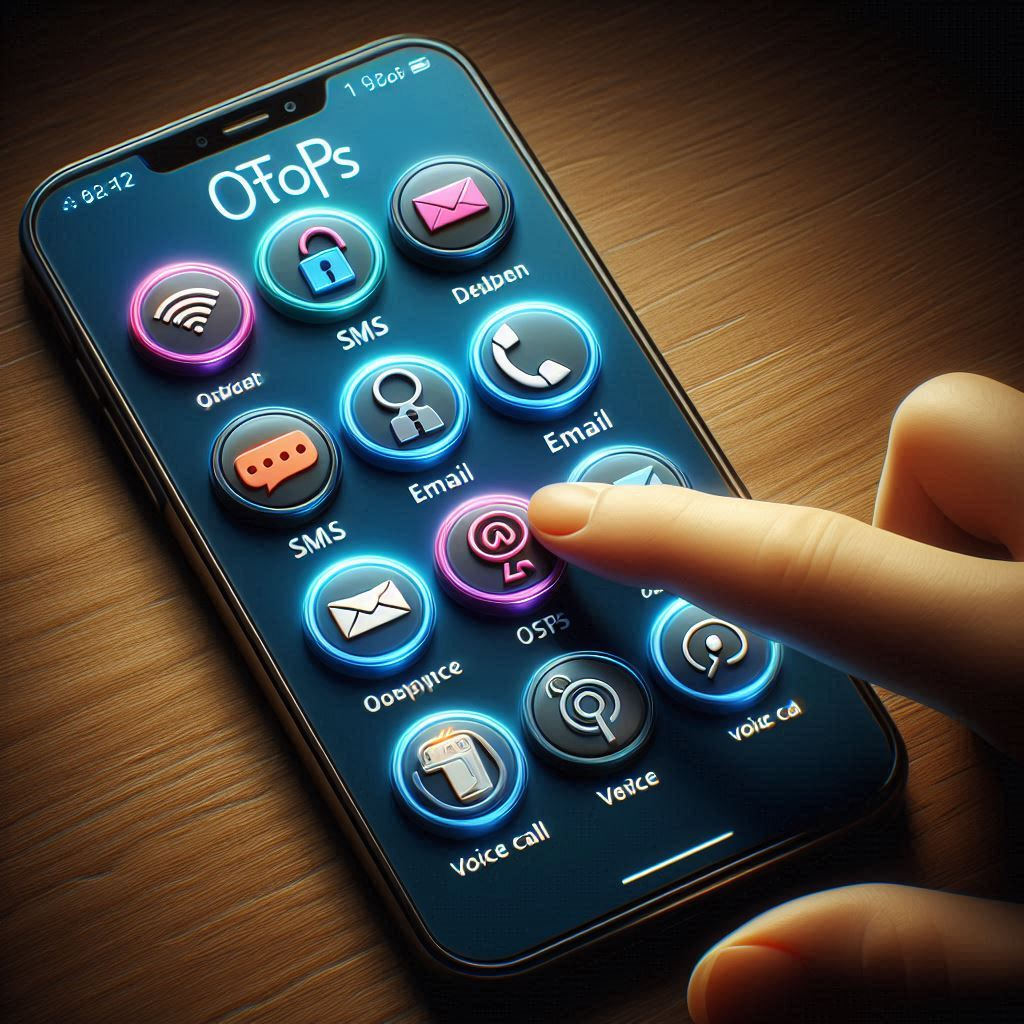
6. Global Reach💡
- Widespread Adoption: WhatsApp is widely used globally, making it an effective medium for reaching users in different regions.
7. Reduced Spam Filtering💡
- Lower Spam Risk: WhatsApp messages are less likely to be filtered as spam compared to emails or SMS, ensuring that OTPs reach the intended recipients.
8. Integration Capabilities💡
- API Access: WhatsApp Business API allows seamless integration with various systems and applications, enabling automated OTP delivery.
9. Environmental Benefits💡
- Paperless Verification: Using digital channels like WhatsApp for OTPs reduces the need for physical mailers or printed tokens, contributing to environmental sustainability.
10. Brand Presence💡
- Business Profile: Using WhatsApp Business allows companies to create a branded profile, enhancing brand recognition and trust when sending OTPs.
🔐Check out WhatsApp API OTP authentication messages charges (here)
✅What are some use cases or examples of sending OTP on whatsapp?
WhatsApp OTPs have become increasingly popular these days due to their security and convenience. Here are some common use cases:

💬Financial Services
- Online Banking: Verifying logins, fund transfers, and other sensitive transactions.
- Digital Payments: Authorizing payments, confirming purchases, and generating dynamic security codes.
- Credit Card Verification: Validating card details for online shopping or subscription services.
💬E-commerce
- Order Confirmation: Sending OTPs to verify order details and prevent fraudulent purchases.
- Payment Verification: Confirming payment transactions and authorizing charges.
- Account Recovery: Resetting passwords and recovering lost accounts.
💬Ride-sharing and Delivery Services
- Driver Verification: Authenticating drivers before accepting rides or deliveries.
- Order Confirmation: Verifying order details and delivery addresses.
- Payment Authorization: Confirming payment for rides or deliveries.
💬Healthcare
- Appointment Reminders: Sending appointment details and confirmation codes.
- Prescription Verification: Validating prescription information and authorizing refills.
- Patient Verification: Confirming patient identity for sensitive information access.
💬Other Industries
- User Registration: Verifying phone numbers and creating new accounts.
- Password Reset: Generating OTPs for password recovery.
- Two-Factor Authentication: Enhancing account security with an additional verification step.

✅How is WhatsApp OTP better than SMS OTP & 📧 Email OTP?
➡️Enhanced Security
- Robust Encryption: WhatsApp’s end-to-end encryption safeguards OTPs from interception, providing a higher level of security compared to SMS and email.
- Reduced Vulnerability: WhatsApp’s platform is less susceptible to phishing attacks and SIM swapping, common threats to SMS-based OTPs.
➡️Improved User Experience
- Instant Delivery and High Read Rates: WhatsApp messages are delivered swiftly and are more likely to be seen and acted upon compared to SMS or email.
- User Familiarity: The widespread use of WhatsApp makes it a familiar and convenient platform for receiving OTPs.
- Interactive Features: WhatsApp’s ability to include rich media and interactive elements enhances the user experience.
➡️Cost Efficiency
- Lower Costs: Businesses can often benefit from lower costs when sending OTPs via WhatsApp compared to SMS.
- Free for Users: WhatsApp users incur no charges for receiving messages, unlike SMS which may involve costs.
➡️Reliability and Global Reach
- Consistent Delivery: WhatsApp offers reliable message delivery, reducing the risk of OTP failures compared to SMS.
- Wide User Base: WhatsApp’s global reach ensures a broader audience can receive OTPs.

📌Example Comparison
➡️Scenario: A user is trying to log in to their account from a new device and needs to receive an OTP for verification.
- SMS OTP:
- Delivery: Dependent on mobile network, can be delayed or blocked in areas with poor coverage.
- Security: Vulnerable to SIM swapping attacks and interception.
- User Experience: Simple text message, no branding or additional info.
- Email OTP:
- Delivery: Can be delayed or end up in spam/junk folders.
- Security: Vulnerable to phishing and account hijacking.
- User Experience: Users need to switch to their email app, which can disrupt the login flow.
- WhatsApp OTP:
- Delivery: Instant and reliable with high open rates.
- Security: End-to-end encrypted, reducing the risk of interception.
- User Experience: Seamless integration with a familiar app, with branding and additional info possible.
📌Comparison summary WhatsApp OTP Vs SMS & Email OTP
| Core Features | WhatsApp OTP | SMS OTP | Email OTP |
|---|---|---|---|
| Engagement Rate | High (instant notifications) | Medium (may be ignored) | Low to Medium (may go to spam) |
| Security | End-to-end encryption | No encryption | Varies (can be intercepted) |
| Convenience | Single, familiar platform | Requires checking SMS app | Requires checking email |
| Delivery Speed | Instant | Variable (network-dependent) | Variable (may be delayed) |
| Cost-Effectiveness | Generally lower for businesses | Can be costly, especially globally | Variable, often low cost |
| Global Reach | Wide, internet-based | Dependent on network coverage | Wide, internet-based |
| Spam Filtering | Less likely | Possible filtering by carriers | High risk of spam filtering |
| Brand Presence | Verified business profiles | Limited branding | Variable, depends on email client |
✅Is it safe to send OTPs via WhatsApp?
Yes, sending OTPs (One-Time Passwords) via WhatsApp can be safe, but there are important considerations to ensure security. Here’s an overview of why WhatsApp OTPs can be secure, as well as potential risks and best practices:
➡️Security Advantages
- Uncompromising Security: WhatsApp’s end-to-end encryption ensures that only the sender and recipient can access the OTP, making it highly resistant to interception.
- Rapid Delivery and High Engagement: Users are more likely to receive and act upon WhatsApp messages promptly, reducing the risk of OTP-related vulnerabilities.
- Bolstered Protection: When used as part of a two-factor authentication system, WhatsApp OTPs provide an extra layer of security, significantly deterring unauthorized access.
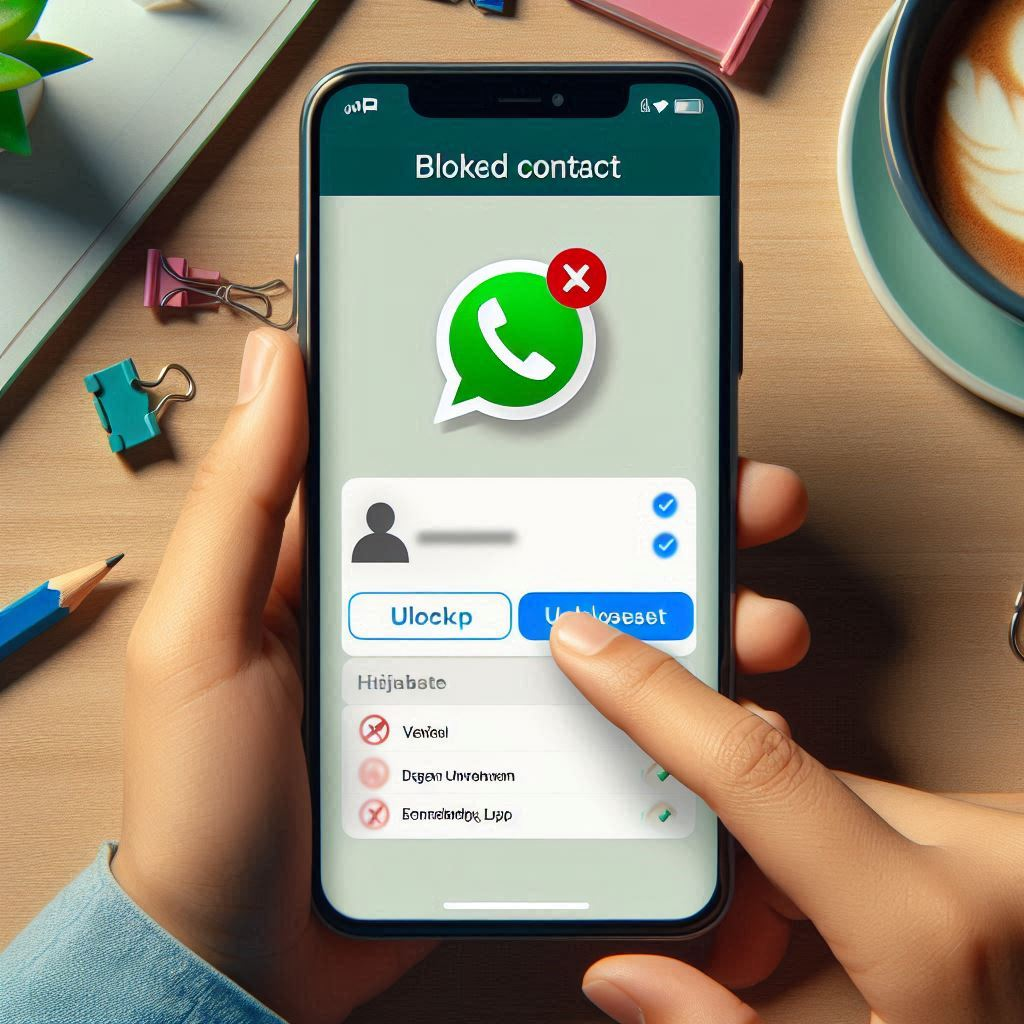
➡️Potential Risks
- Account Compromise
- Device Security: If a user’s WhatsApp account is compromised, any OTPs sent to that account could be at risk. It’s crucial for users to maintain the security of their devices and WhatsApp accounts.
- Phishing Attacks
- Fake Messages: Users might be targeted by phishing attacks where attackers impersonate legitimate sources to trick users into revealing OTPs. Educating users about verifying the source of OTP requests can mitigate this risk.
- Misuse of OTPs
- Interception: Although rare, there could be potential risks if the user’s phone is compromised or if the OTP is somehow intercepted. Ensuring that OTPs are used promptly and expire after a short period reduces this risk.
➡️Best Practices for Secure WhatsApp OTP Implementation
To ensure the highest level of security when using WhatsApp OTPs, consider the following best practices:
👉Prioritize User Security
- Verified Sender Identity: Clearly indicate the sender’s identity to prevent phishing attempts. Utilize WhatsApp Business features to verify your account.
- User Education: Empower users with knowledge about potential threats and how to identify suspicious OTP requests. Emphasize the importance of never sharing OTPs.
- Timely OTPs: Implement short expiration times for OTPs to minimize the risk of compromise.
👉Robust System Security
- Comprehensive Monitoring: Continuously track OTP usage patterns to detect anomalies that may indicate suspicious activity.
- Secure Infrastructure: Protect backend systems and APIs involved in OTP generation and verification with robust security measures.
- Trusted Partnerships: When using third-party providers, prioritize those with proven security track records.
- Access Control: Implement rate limiting to prevent brute-force attacks and unauthorized access.
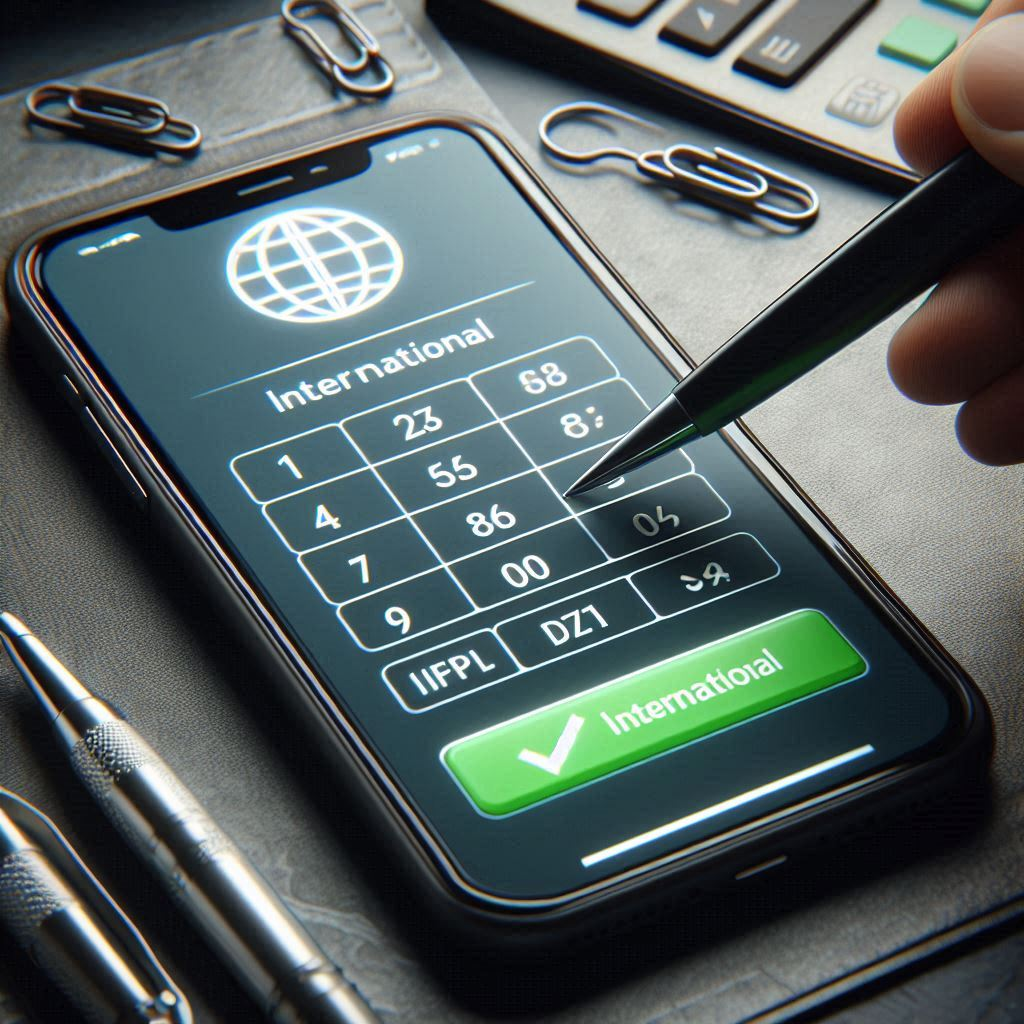
✅Can my WhatsApp OTP expire?
Yes, all WhatsApp OTP (One-Time Password) do expire.
This is a safety measure to protect your account credentials. The end time can vary depending on the service you have opted for or the brand/business that has sent you the OTP, but it’s typically a few minutes until expiry. Which will be usually mentioned in the message itself.
If you don’t enter the OTP within the specified time, you’ll usually need to request a new one or even choose another mode to get the OTP again.
✅Can I send WhatsApp OTPs internationally?
Yes, you can send WhatsApp OTPs internationally.
WhatsApp has a global reach, allowing businesses to send OTPs to customers in different countries. This makes it a versatile option for businesses with an international customer base.
✅Can I Personalise or customize the OTP messages sent via WhatsApp?
Yes, personalizing OTP messages can significantly enhance the user experience and build trust. Most WhatsApp Business API providers allow you to customize the content of your OTP messages.
Here are some ways you can personalize your WhatsApp OTP messages:

- Include your business name (it’s a must): This helps users identify the sender and builds trust.
- Add a greeting: A simple greeting can make the message feel more personal.
- Provide clear instructions: Explain what the OTP is for and how to use it.
- Offer additional information: You can include relevant information like transaction details or order numbers.
- Use dynamic variables: Replace placeholders with user-specific information like their name or account number.
👉Example:
Generic OTP: Your OTP is 123456. Valid for 5 minutes.
Personalized OTP: Dear [Customer Name], your OTP for order #1234 is 123456. Valid for 5 minutes.
✅What to do if I am not receiving the WhatsApp OTP?
If you’re not receiving a WhatsApp OTP, there are a few steps you can take:
👉Check Your WhatsApp Phone Number
- Ensure correct number: Double-check that the phone number you entered is accurate. Even a small error can prevent OTP delivery.
- Active SIM card: Verify that your SIM card is active and has sufficient balance.
👉Network Connectivity
- Strong signal: Make sure you have a strong cellular or Wi-Fi connection.
- Airplane mode: Temporarily turn off airplane mode to ensure proper network connectivity.
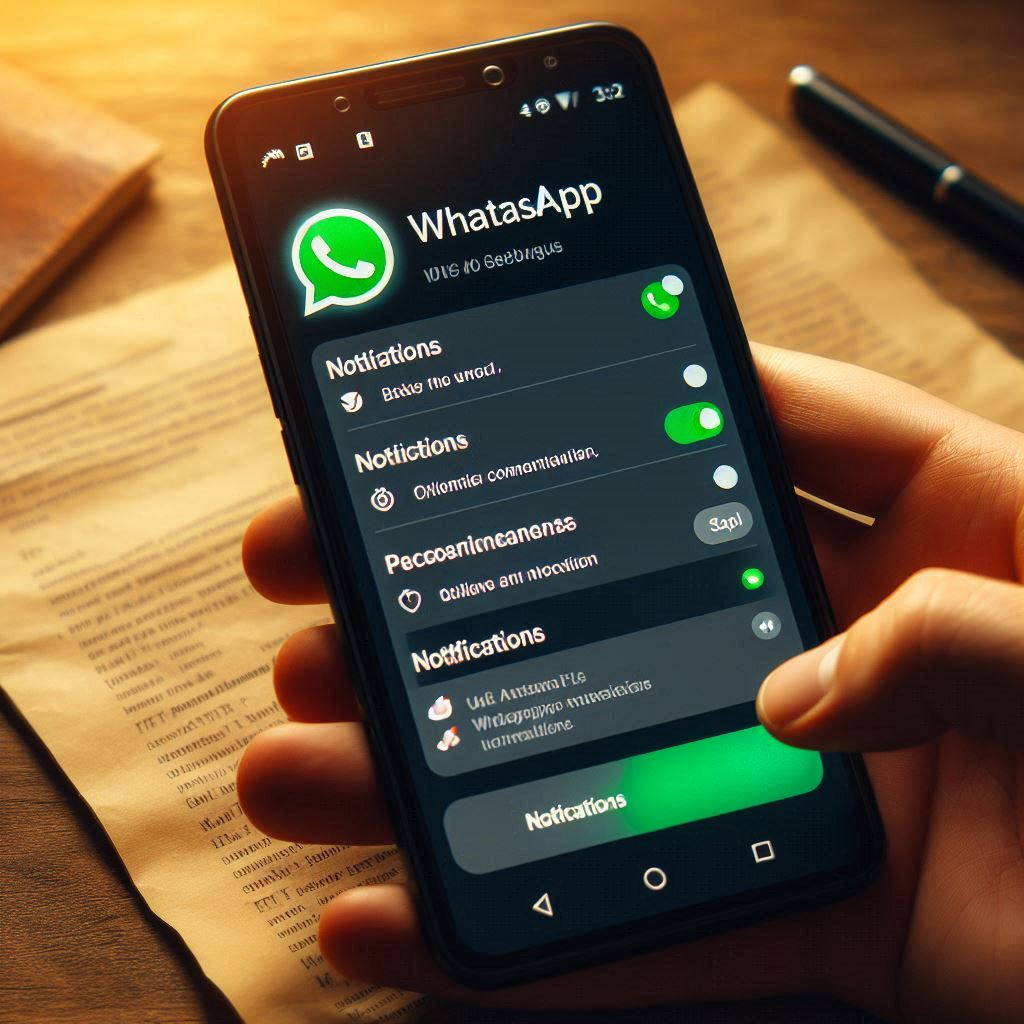
👉WhatsApp App
- Reinstall WhatsApp: Sometimes, reinstalling the app can resolve temporary glitches.
- App updates: Ensure your WhatsApp app is up-to-date.
👉Request a Call
- WhatsApp option: Many services offer the option to receive a call instead of an SMS. If available, use this option.
👉Wait and Retry
- Time delay: Sometimes, there might be a temporary delay in OTP delivery. Wait a few minutes and try again.
👉Contact Support
- WhatsApp help: If you’ve tried all these steps and still can’t receive the OTP, contact WhatsApp support for further assistance.
Want us to set up WhatsApp OTP for your business number?


